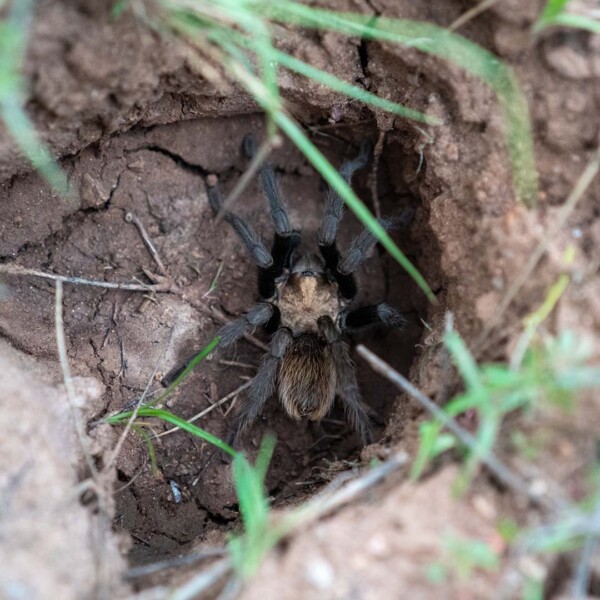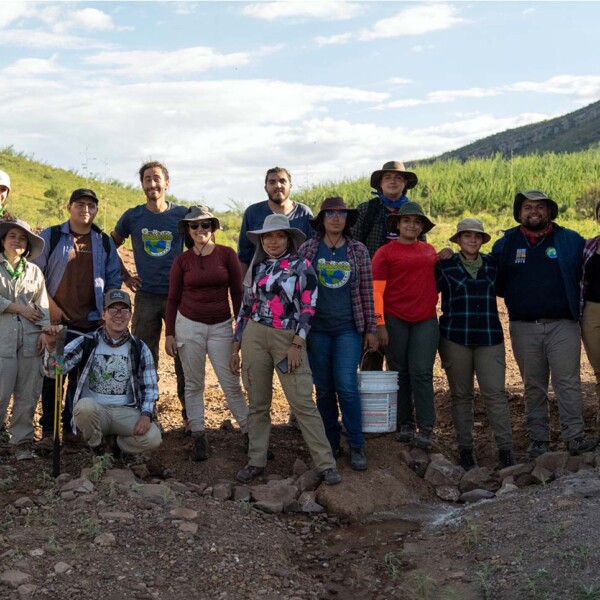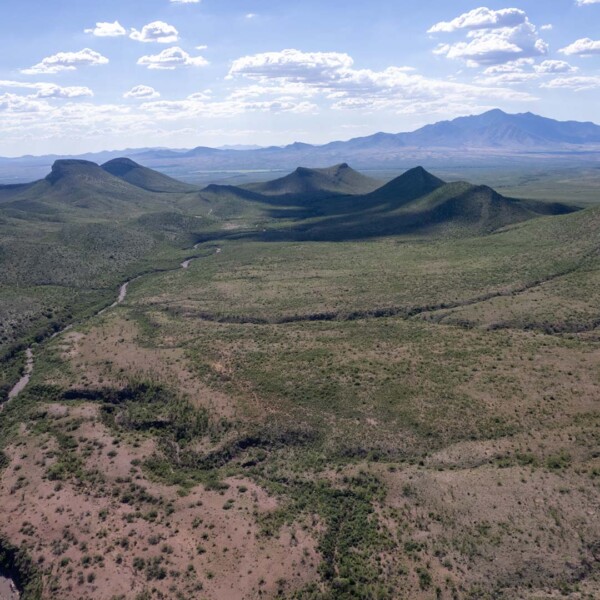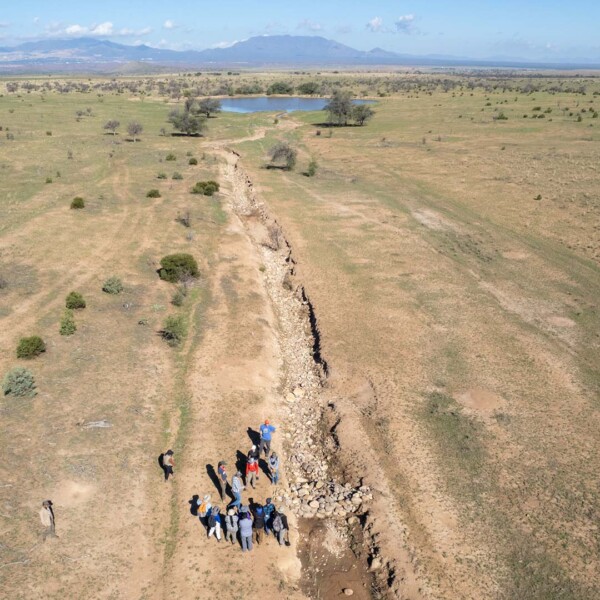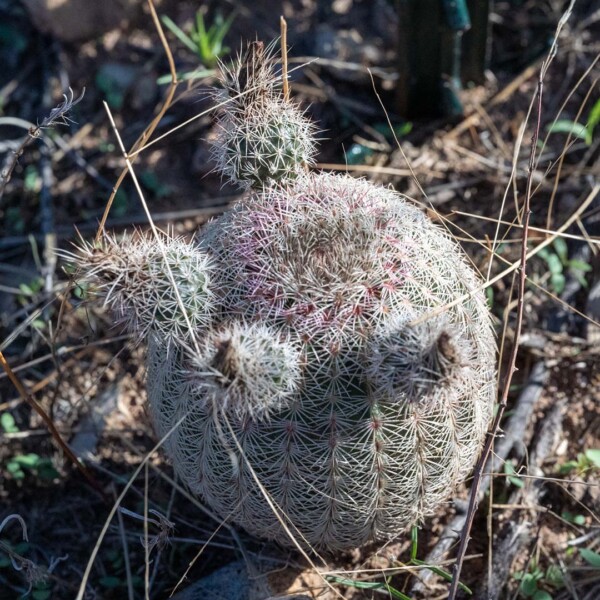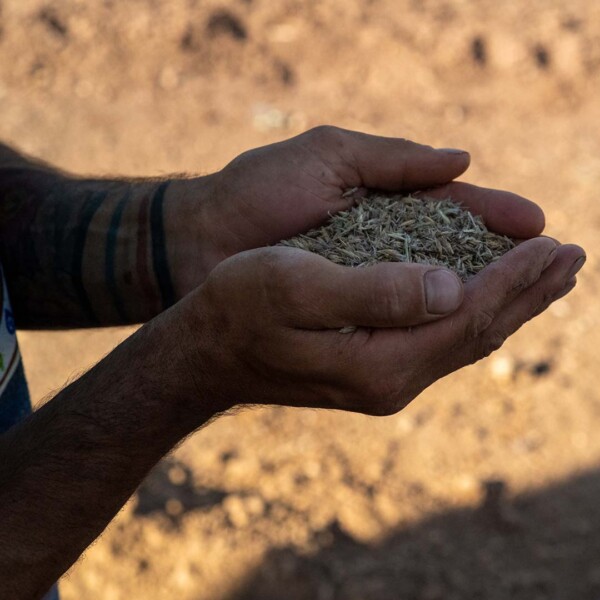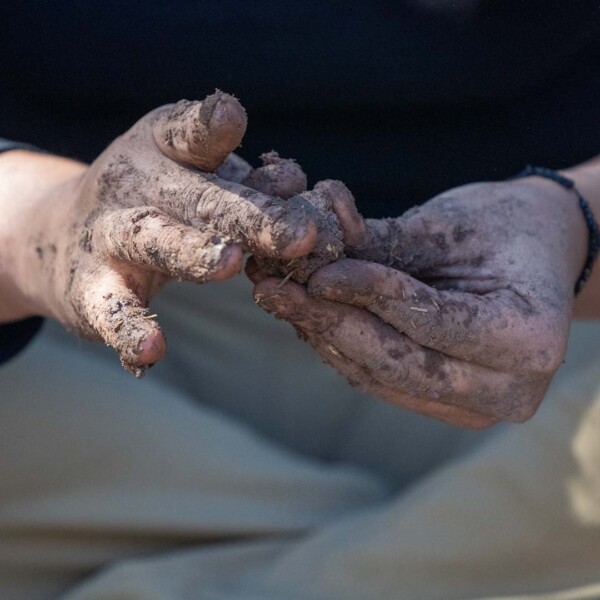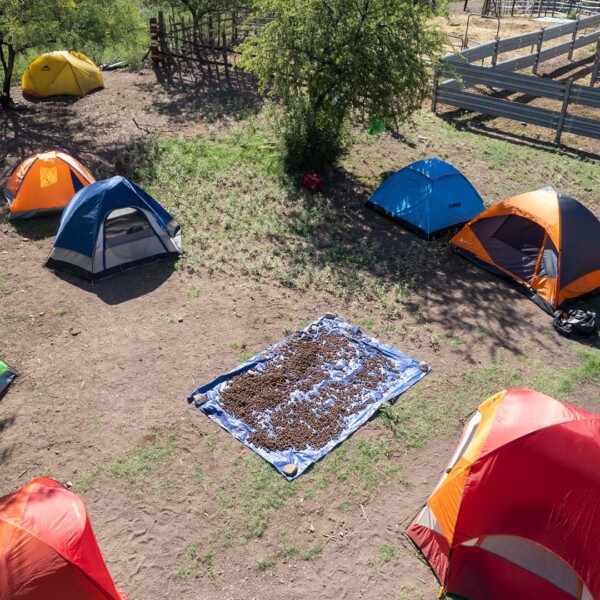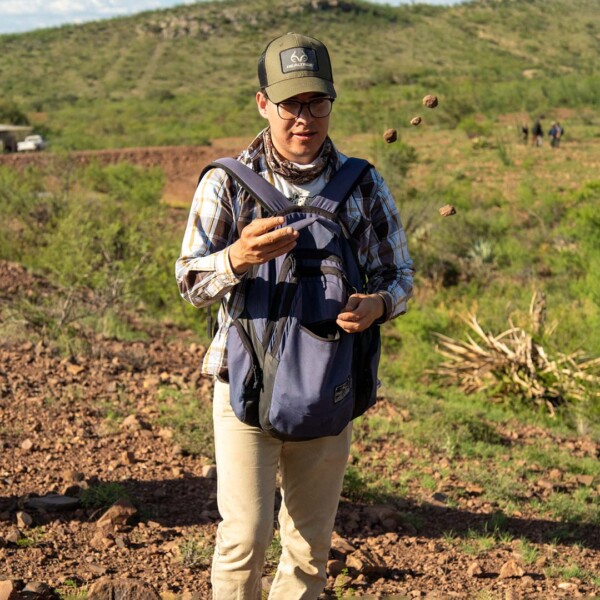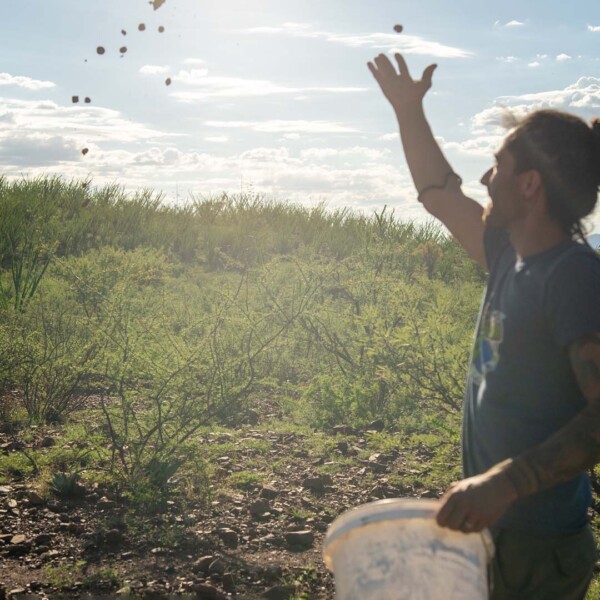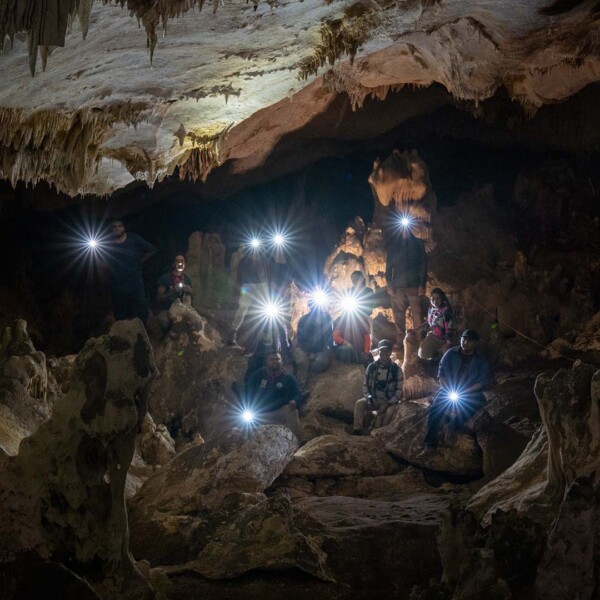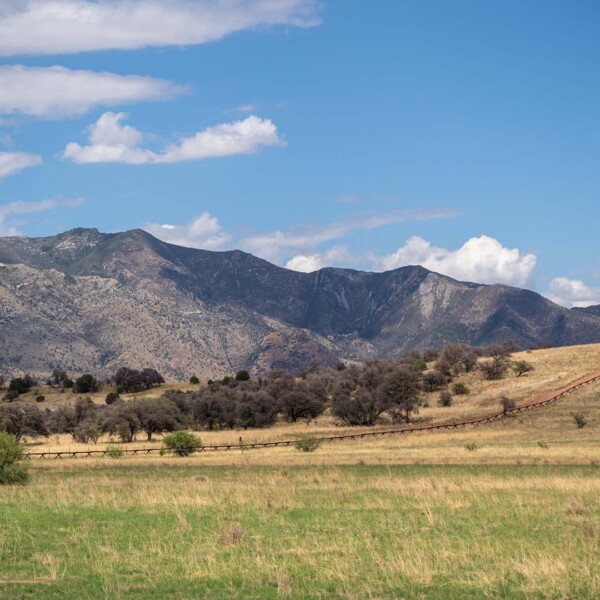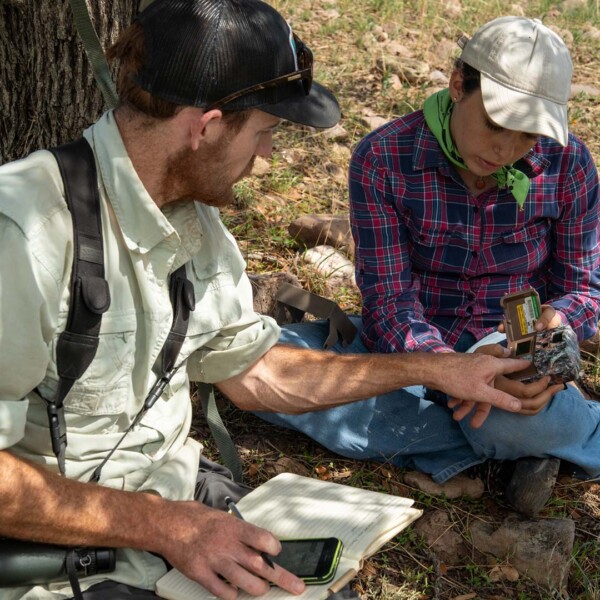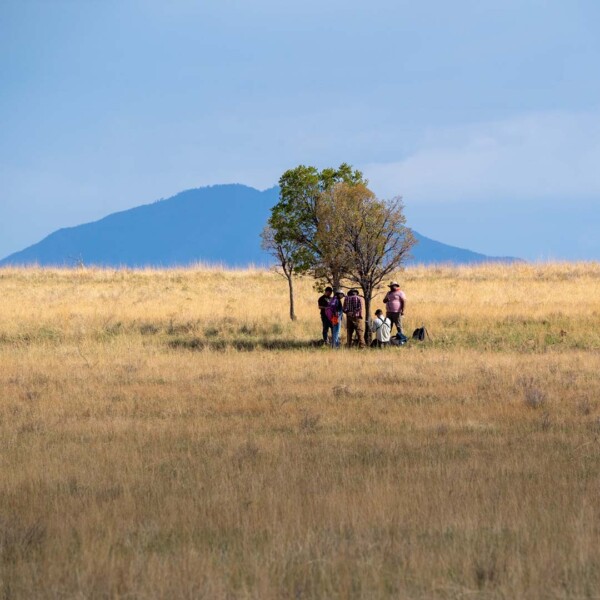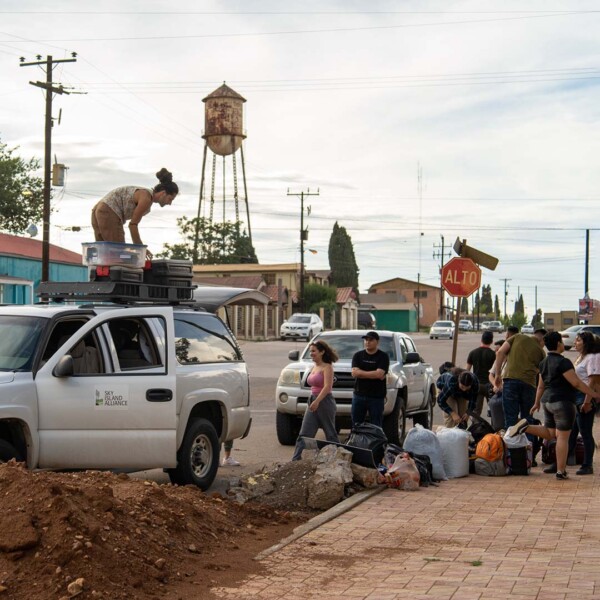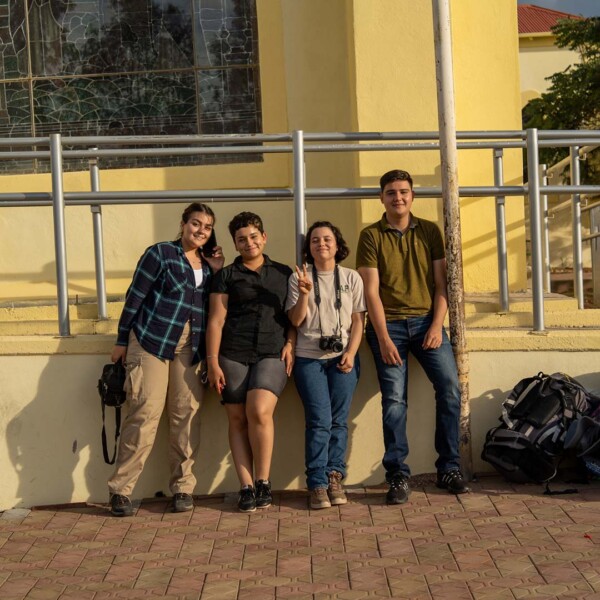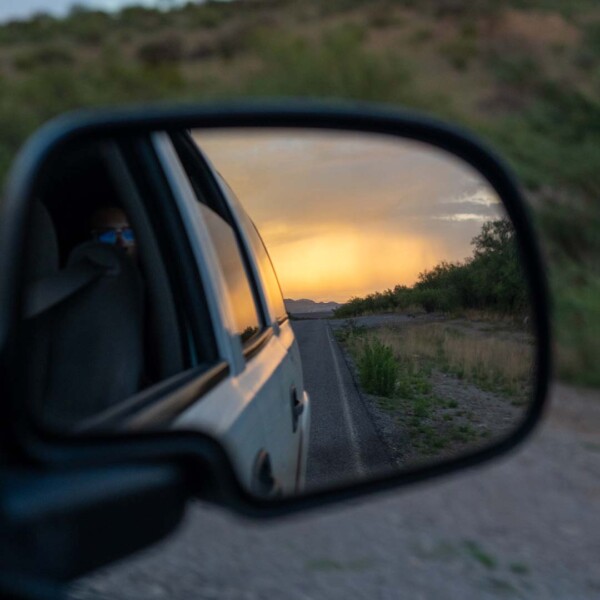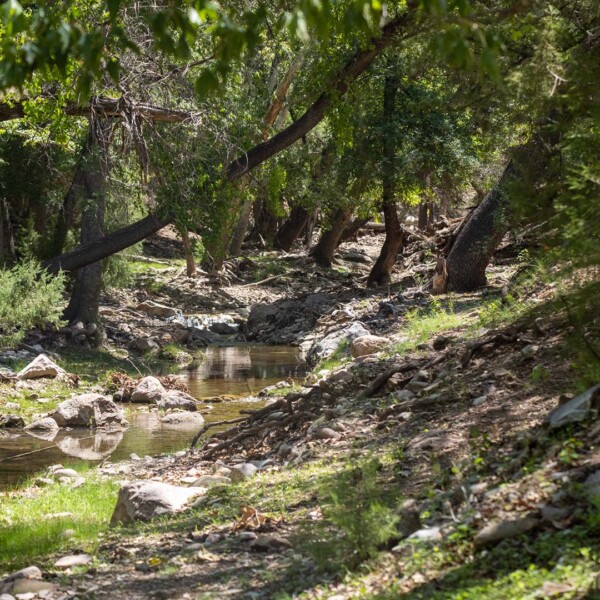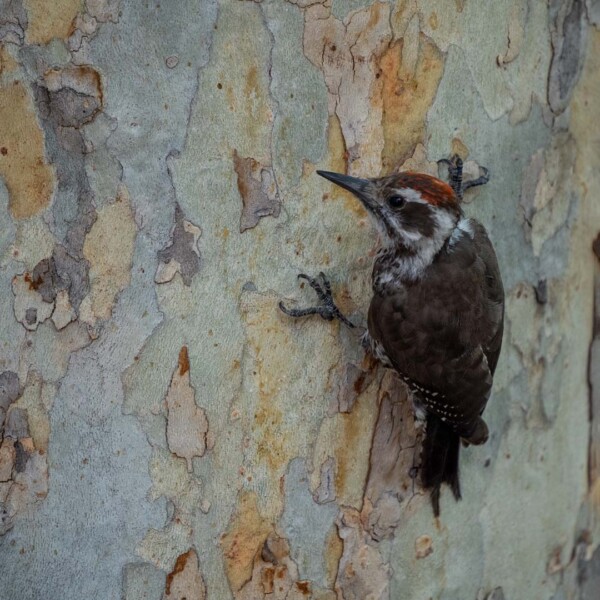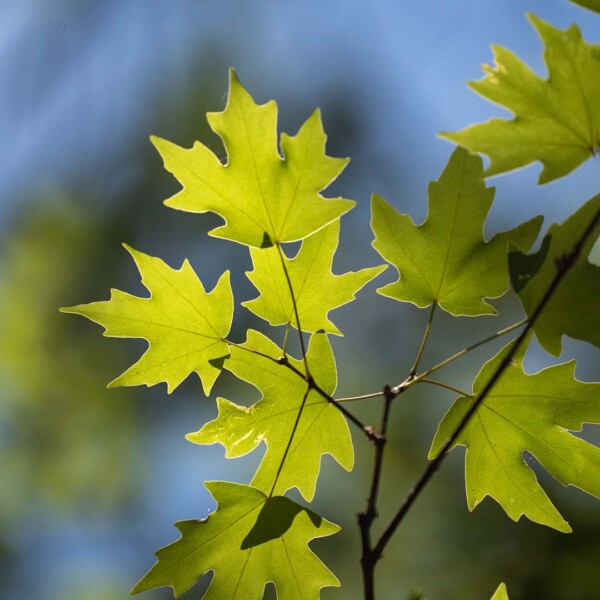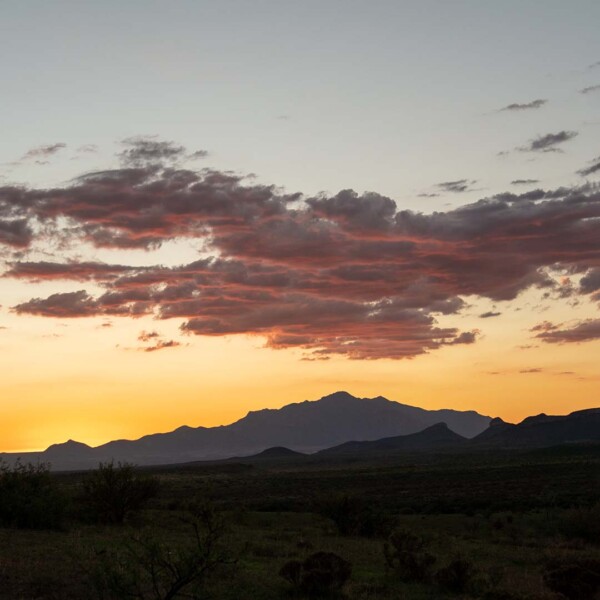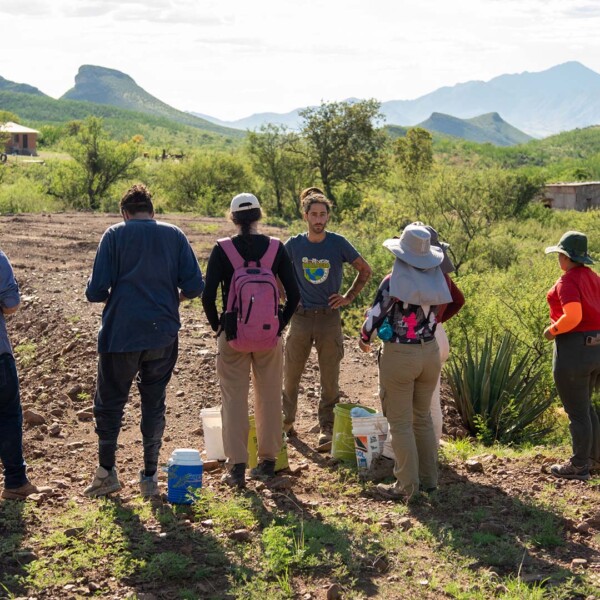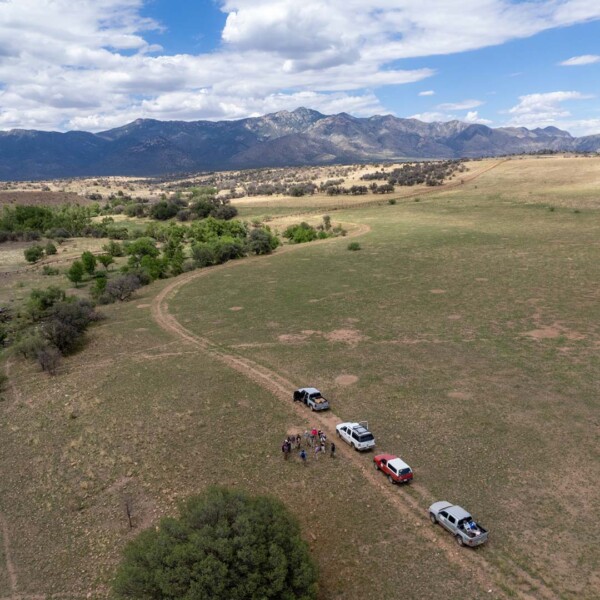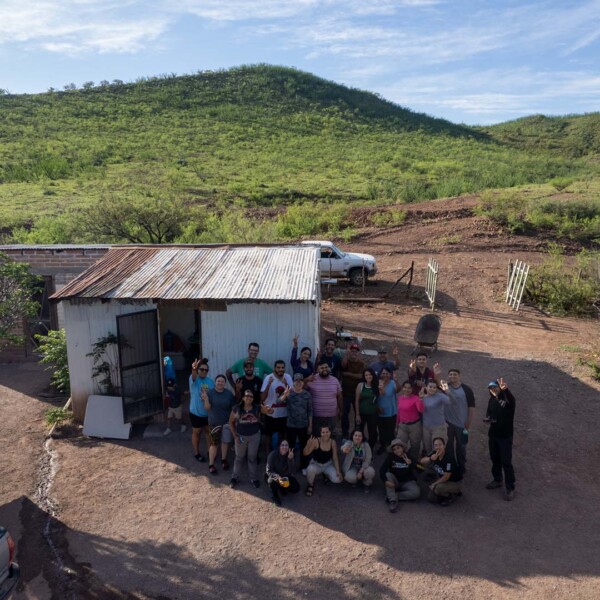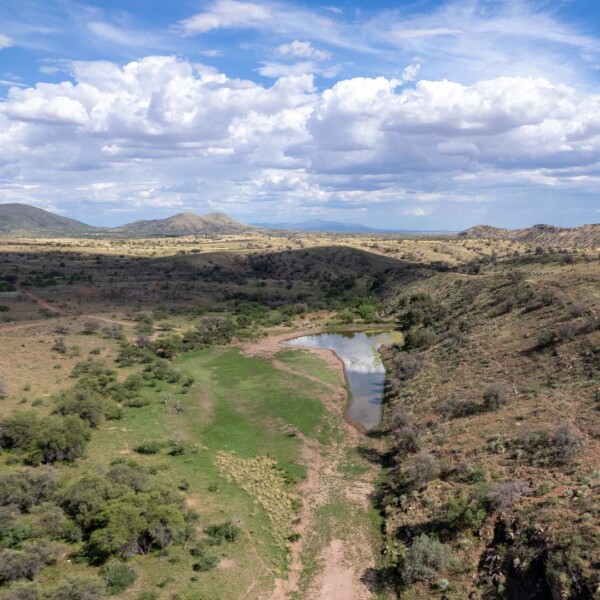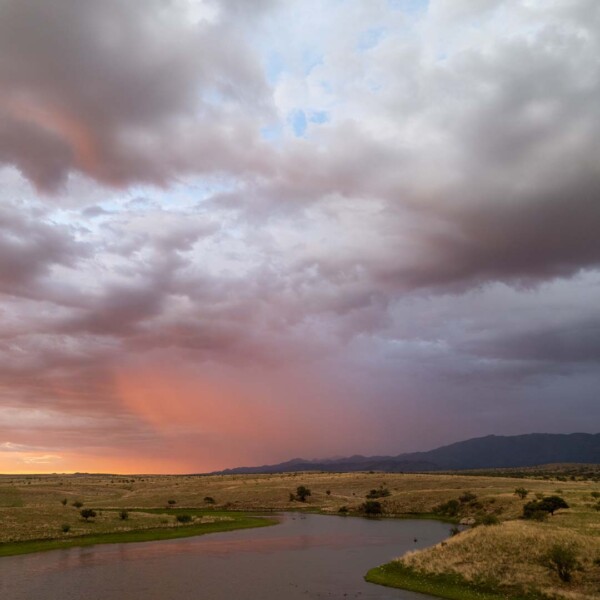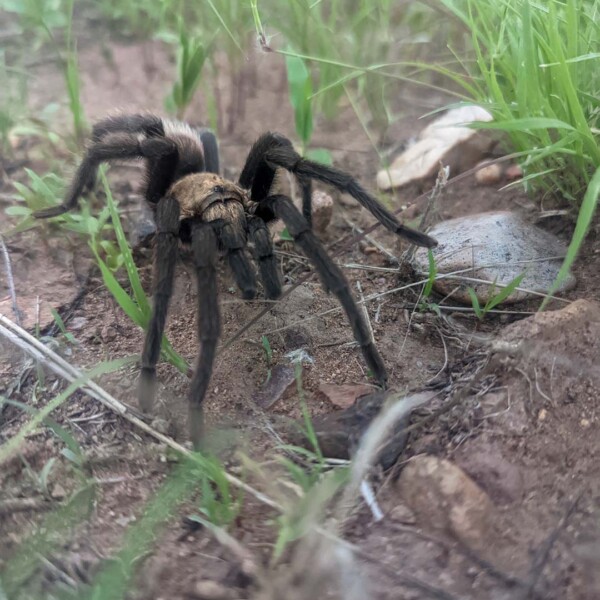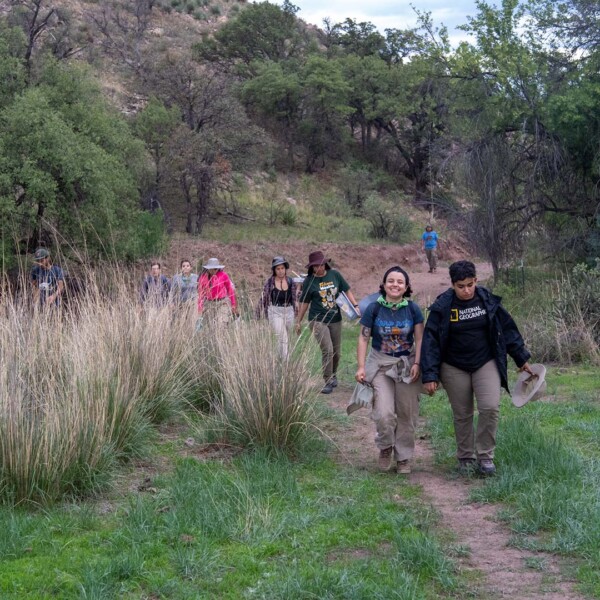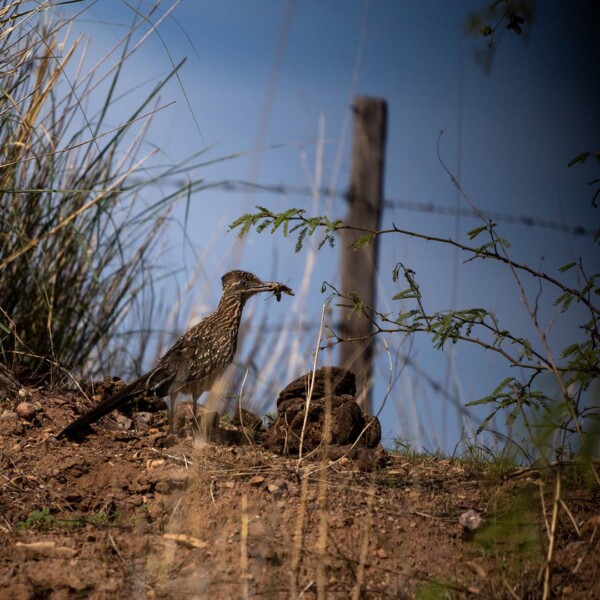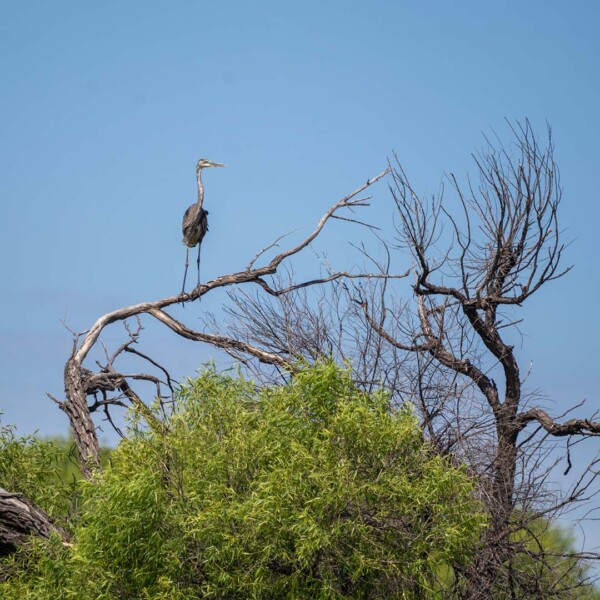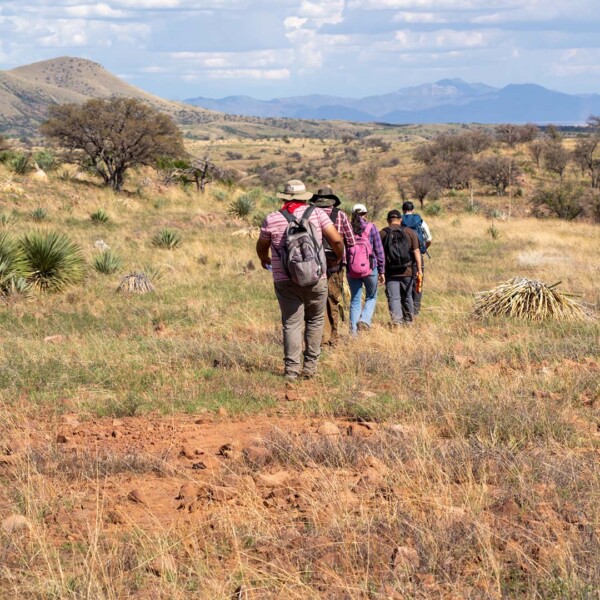“The biggest threat to the planet is believing that someone else will save it.” — Robert Swan, first person to walk both poles.
I recently got back from a weeklong camping trip in Sonora with a few of my fellow Sky Island Alliance staff and a group of our Path of the Jaguar interns. Such a fun week! I was the photographer for most of the trip and got a chance to fly my drone over some incredible landscapes. This week was one of the highlights of the summer internship. It brought together young students from the University of Sonora in Hermosillo and the University of the Sierra in Moctezuma. We also met up with other conservation professionals and ranchers in the Sky Islands, making new friendships and alliances.
Conservation requires work on many fronts, and the way it’s carried out must be adapted to the circumstances of each region. In Mexico only 0.28% of the land belongs to the government, which makes it necessary to work directly with landowners to understand what problems they face and how conservation can help make their land more productive while benefiting wildlife.
The first stop in our trip took us to Rancho Agua de Enmedio, property of Eduardo, where we worked with sediment-retention structures in streams and eradication of invasive plants. We also learned a little bit about how the fertility of stud bulls can influence the productivity of the land. Representatives from CONANP, Mexico’s national parks agency, came and taught us about Bavispe Reserve.
The next stop was at Rancho Agua Verde, owned by the gracious Gamez family. Here, we worked building contour lines to prevent the soil from further degrading after rains. We also learned how to make “seed bombs” by rolling up little balls of mud full of seeds for native grasses. The Gamez family made us a very delicious meal and shared with us their dream of bringing ecotourism to their ranch since they have the attraction of an underground cave.
The last stop was at Rancho Los Fresnos, owned by The Nature Conservancy and managed by Naturalia A.C. This ranch is located on the border with the United States and is of special importance because Trump’s wall wasn’t built here, and it still preserves what’s known as a “Normandy” wall, allowing animals to freely cross. We installed and replaced batteries for a number of remote wildlife cameras here as part of SIA’s Border Wildlife Study.
The expedition ended in the parish of Our Lady of Guadalupe in Cananea, where Father Claudio Murrieta spoke to us about how the restoration of ecosystems goes hand in hand with the restoration of human relationships and society.
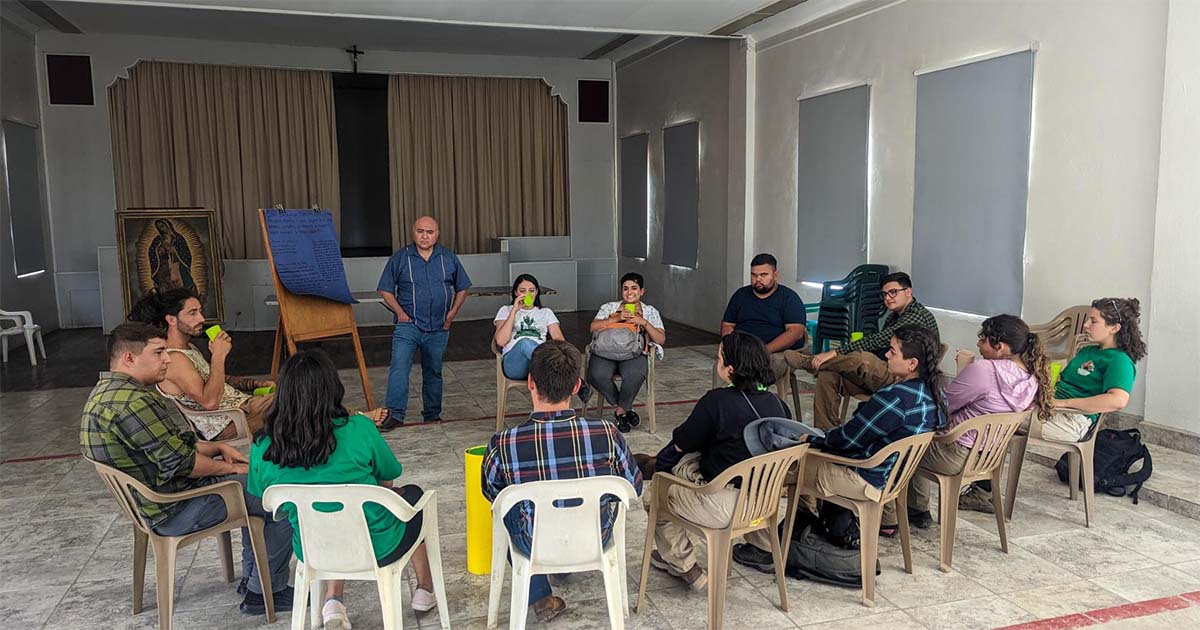
See below for more pictures from this trip. And check out these inspiring blogs from Samai, Taylor, and Nadira — three of our Path of the Jaguar interns who recently joined us on a similar camping trip in Arizona.
Photos by Sergio Müller/Sky Island Alliance.

